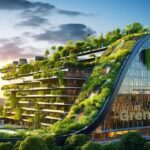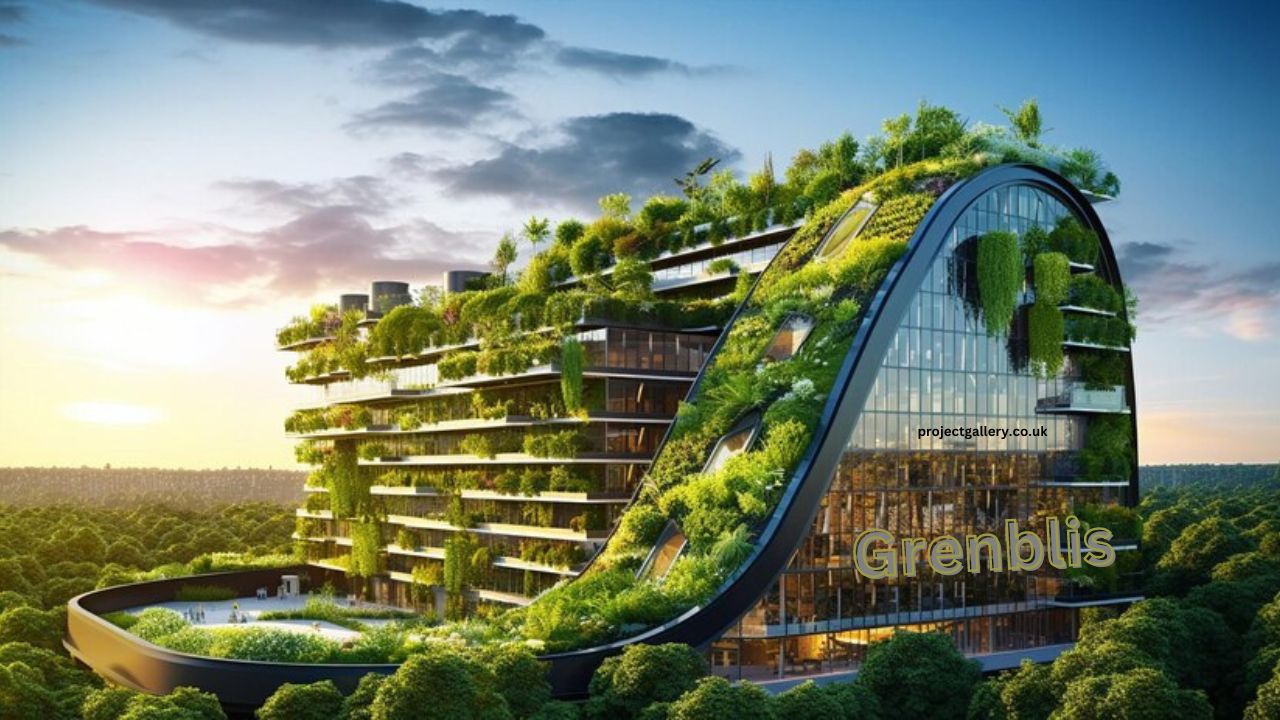In the quest for sustainable urban living, cThis article delves into the vision behind Grenblis, its unique features, and its potential impact on urban development and sustainability.
What is Grenblis?
1. Concept and Vision
Grenblis is an innovative urban development project aimed at creating self-sustaining, eco-friendly communities. The concept combines the principles of sustainable living with modern urban planning to reduce the environmental footprint of urban areas. Grenblis envisions a future where cities are not just places to live but thriving ecosystems that support both human and environmental health.
2. Key Objectives
The key objectives of Grenblis include:
- Reducing carbon emissions through the use of renewable energy sources and green building materials.
- Enhancing quality of life by promoting green spaces, clean air, and access to nature.
- Fostering community engagement through shared spaces and collaborative initiatives.
- Promoting economic sustainability by supporting local businesses and creating green jobs.
Innovative Features of Grenblis
1. Green Architecture
a. Eco-Friendly Building Materials
Grenblis employs sustainable building materials such as recycled steel, bamboo, and low-impact concrete. These materials not only reduce the carbon footprint of construction but also enhance the energy efficiency of buildings.
b. Energy-Efficient Design
The buildings in Grenblis are designed to maximize natural light and ventilation, reducing the need for artificial lighting and air conditioning. Solar panels, green roofs, and rainwater harvesting systems are standard features, further contributing to energy conservation.
2. Renewable Energy Integration
Grenblis is powered primarily by renewable energy sources. Solar and wind energy installations, along with advanced battery storage systems, ensure a reliable and sustainable energy supply. This integration not only reduces dependence on fossil fuels but also lowers energy costs for residents.
3. Sustainable Transportation
Grenblis promotes sustainable transportation options such as electric vehicle (EV) charging stations, bike-sharing programs, and extensive pedestrian pathways. Public transportation within Grenblis is powered by clean energy, providing residents with convenient and eco-friendly mobility options.
4. Green Spaces and Biodiversity
Grenblis features extensive green spaces, including parks, community gardens, and urban forests. These areas not only enhance the aesthetic appeal of the community but also support local biodiversity and provide residents with opportunities for outdoor recreation and relaxation.
5. Waste Management and Recycling
A comprehensive waste management system is in place in Grenblis, focusing on reducing waste generation and maximizing recycling efforts. Composting programs and waste-to-energy technologies are also utilized to manage organic waste and reduce landfill use.
Community-Centric Approach
1. Collaborative Living Spaces
Grenblis encourages community interaction through the design of collaborative living spaces such as co-working hubs, community centers, and shared gardens. These spaces foster a sense of belonging and encourage residents to work together on sustainability initiatives.
2. Educational Programs
Educational programs and workshops on sustainable living practices are regularly conducted in Grenblis. These programs aim to raise awareness and empower residents with the knowledge and skills needed to live more sustainably.
3. Support for Local Businesses
Grenblis actively supports local businesses by providing them with opportunities to thrive within the community. Farmers’ markets, artisanal shops, and local service providers are integral parts of the Grenblis economy, promoting economic sustainability and resilience.
Impact on Urban Development
1. Reducing Urban Sprawl
By creating compact, self-sustaining communities, Grenblis helps to reduce urban sprawl. This approach minimizes the encroachment on natural habitats and agricultural land, preserving these areas for future generations.
2. Enhancing Quality of Life
The integration of green spaces, clean energy, and sustainable practices in Grenblis significantly enhances the quality of life for its residents. Healthier living conditions, reduced pollution, and a strong sense of community contribute to overall well-being.
3. Setting a New Standard
Grenblis sets a new standard for urban development, demonstrating that it is possible to create thriving, sustainable communities in urban settings. As cities around the world face increasing environmental challenges, the Grenblis model offers a viable blueprint for sustainable urban living.
Conclusion
Grenblis represents a visionary approach to urban development that prioritizes sustainability, community engagement, and quality of life. By integrating green technologies, innovative design, and a community-centric approach, Grenblis is paving the way for a more sustainable and resilient future. As more cities look to adopt similar models, the principles of Grenblis could become the foundation for the next generation of urban living.











